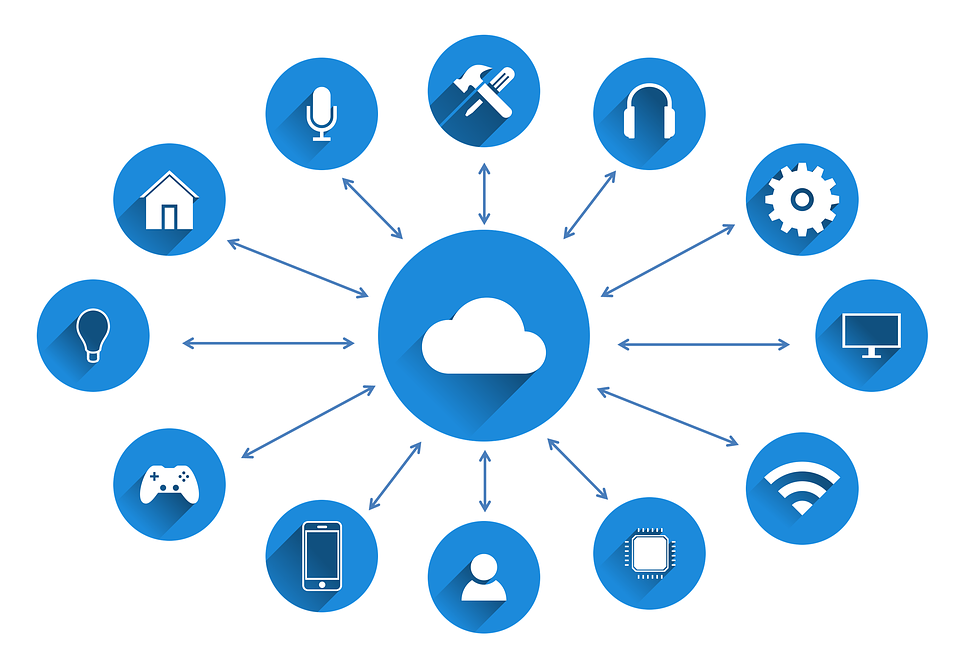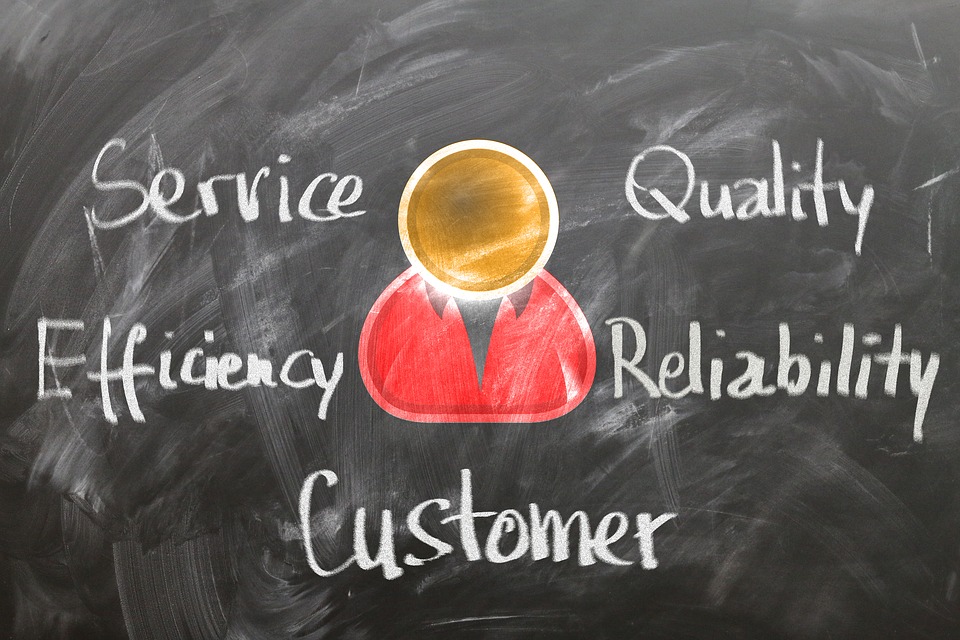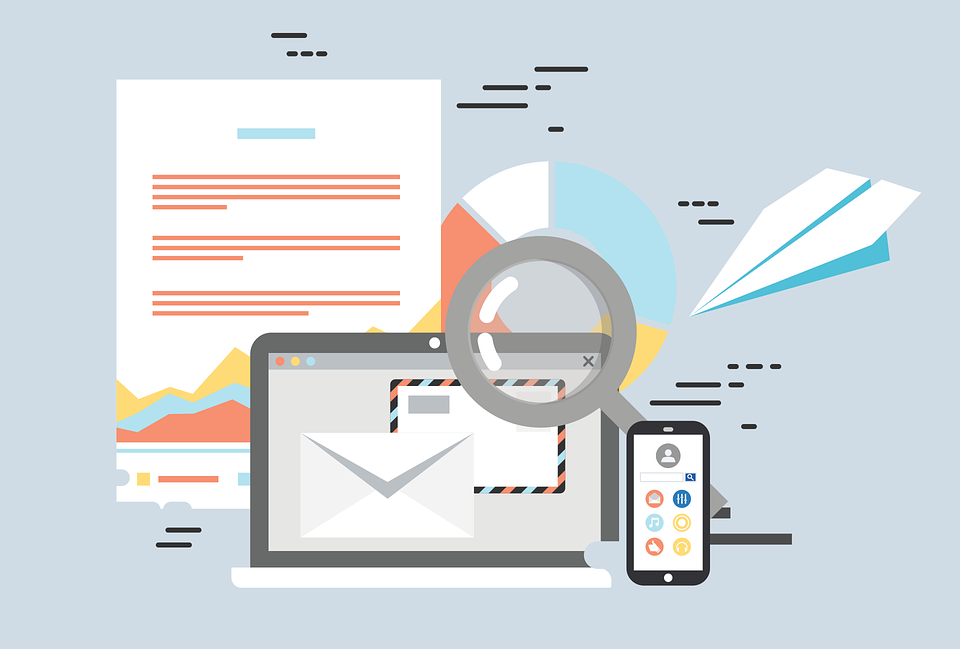One of the main difficulties in running a small business is the fact that there are countless small tasks you need to perform on a regular basis. Such tasks are usually not difficult, but repetition makes them tedious to perform.

One way to solve the issue is by dividing the labor and hiring additional staff. However, this solution is usually not viable for small businesses with limited resources. Fortunately, there is an alternative, one that even small businesses can afford. And its name is software-based automation.
Most day-to-day business activities are performed digitally, which makes them a prime target for automation. Even more complex tasks, such as running a digital marketing campaign, can be fully automated thanks to modern technology.
To give you an idea of what you can accomplish with software automation, take a look at our list of 10 things every small business should automate.
1. Recruiting and Hiring

Recruiting is frequently a sore spot for small businesses. You often lack the staff and resources to scout, interview, screen, and hire as many candidates as you’d like. However, with the help of recruiting automation software, you can significantly cut down on time spent per candidate, allowing you to find the right people for the job quickly. You can send applicants preliminary interview questions via a recruiting platform, let the software sort the results, and then have it notify you about the most promising ones based on criteria you set up in advance.
2. Lead Acquisition
Creating a lead acquisition pipeline is essential for attracting customers to your business. Marketers used to perform this process manually, but this is no longer the case thanks to software for automatic lead generation. A lead generation platform is designed to automatically search for leads on a variety of channels, including website, email, and social media. Just set the initial parameters for the search, connect the automation tool to your data, and have your sales team be ready when the leads start pouring in.
3. Payments

The global economy has gone digital. All present-day financial transactions are digital in nature, which means that funds can be transferred instantaneously, barring roadblocks introduced by governments, banks, and other financial institutions. What this means is that most payments can be automated, at least on the small scale. As a small business owner, you have the unique opportunity to completely automate your cash flow. From salaries and invoices to miscellaneous costs, you can leave everything to an accounts payable solution of your choice.
4. Simple Day-to-Day Tasks
As we’ve already pointed out, running a small business involves performing a myriad of small, but essential tasks like expense tracking and reporting. Most of these tasks are repetitive in nature, which makes them tedious to do. But with the right tools, you can completely automate their execution. This will help you stay organized while giving you more time to deal with matters that truly require your attention. For instance, if you like to send handwritten thank-you notes to each new client, you can set up your CRM to send you a reminder along with the necessary personal data.
5. Customer Service

Quality customer service is difficult to pull off, especially for small businesses. The cost of maintaining a full customer service department is often prohibitive, and scaling it to meet growing demand is practically impossible. One way to address the problem is to use customer service chatbots. A chatbot can handle basic customer queries without much difficulty, and it can be customized to suit your specific business needs. Once you set a chatbot up, it will require practically no maintenance or supervision. Not bad for a piece of software that you can build yourself, or acquire at little to no cost.
6. Customer Relationship Management
By opting to integrate CRM software with automation, you can significantly improve your marketing and sales efforts. Your CRM platform is the hub for all your lead and customer data. And if you want to leverage this data efficiently, you should use it in conjunction with an automation tool. This will allow you to keep track of customers throughout the conversion process. And if you provide your CRM with content, templates, and customer segmentation settings, you can automate your entire marketing operation, including your offline marketing campaigns that can be efficiently tracked by using a custom QR Code Generator with a CRM.
7. Email Marketing

Automation and email marketing go naturally together. Email marketing is already one of the most cost-efficient marketing methods out there, and one that is uniquely well suited for data-driven automation. Most marketing platforms today provide some form of email automation for you to use. All you have to do is plug in your mailing list, segment your subscribers, create a couple of email templates, and you are ready to go.
Marketing and sales automation software is an advanced platform designed to help marketers capture new customers, improve marketing efficiency, and analyze lead behaviour and campaign performance. Builderall Reviewed by Systeme.io has become special for digital marketing because of its features like website building, landing pages, click map auto-responders and many more.
8. Opinion Surveys
Asking customers for their opinion is good way to garner goodwill for your business. A good way to automate the process of asking for customer feedback is by sending out follow-up emails after a purchase. The survey can take the shape of a simple form with only one or two questions. Set up the survey in such a way that instances of negative feedback trigger a reminder to call or message the customer. Automation allows you to reach out quickly so you can mitigate the damage, or even turn the situation around.
9. Abandoned Cart Reminders
Cart abandonment rates for online storefronts range between 60% and 80%. Customers abandon carts for a variety of reasons – some have a change of heart at the last minute, while others simply forget. Whatever the case may be, there is a way to salvage abandoned carts and recover some sales. You can use email automation software to send reminders to customers that have abandoned carts in the past. Send one reminder email after an hour or so after the cart was abandoned, with a follow-up after about a week.
10. Time Management
As the sole proprietor of a small business, you are doubtlessly aware of how important it is to manage your time effectively. If you fail to divide your workload into manageable chunks, your workflow will suffer, leading to profit loss and productivity downturns. Fortunately, there is a way to solve this issue, and it involves automation. Apps such as Zapier or RoundPie give you the option to manage your workflow automatically, and with ease. These apps will help you timebox your tasks with automatic reminders. You will never miss a break again, nor waste time while performing essential work-related tasks.
Running Your Business on Auto-pilot
Automation presents a unique opportunity for small businesses. It allows you to grow your business while keeping operating costs low, and profits high. Not all forms of automation are useful for every kind of business, but among the 10 listed, you will be sure to find a couple that will for your particular needs.
About the author:
Daniel Bishop: I started off my career in digital marketing working for a few local marketing companies. After a year or two of learning different aspects of the job, I moved on and worked for DesignRush as a content advisor. Right now I'm working for ReallySimpleSystems as an assistant editor and marketing consultant. Other than that I enjoy good coffee and Otis Redding.
What would you like to know and what would be the best way to share this information to you? What is the best tips & tricks, what workaround do you use? We'd really appreciate your insight on these ones to make our integrations better, more productive and much more efficient. Comments, tweets are always welcome.